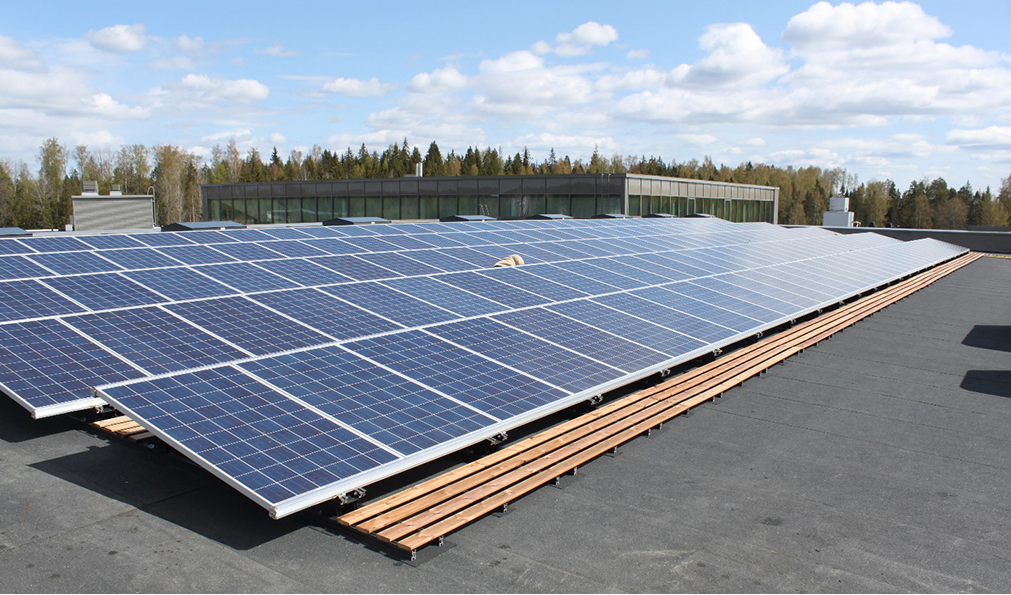At present only a small share of Finland’s PV systems are net-metered, despite all the country’s distributors being allowed to implement net metering since early 2021. “Only a few did so – it required too expensive changes to their IT-systems,” Tapio Tuomi, managing director at Lahienergia, the Finish clean energy association, told pv magazine.
As of 2023, net metering will be extended to all PV systems. Earlier this year, in fact, Finland adopted a new centralized information exchange system for the retail electricity market, called Datahub, which replaces the IT systems of the country’s 80 distributors. The new system includes meter data management and settlement functions. “From 2023 the Datahub will offer net metering to everybody,” said Tuomi.
Currently, Finland's metering points are measured on an hourly level. Distributors make the metering data available the next day for use by the costumer and the electricity markets. As of May 2023, the measurements will be taken on a 15-minute basis instead, increasing the granularity of electricity price calculation.
Finland’s cumulative installed solar capacity reached 395 MW at the end of 2021, a record 102 MW increase from 2020, according to data from Lahienergia. The association found that the number of PV systems connected to the grid at the end of 2021 was 39,000. The systems consist almost entirely of installations smaller than 1 MW. According to data from Finland’s Energy Agency, PV plants over 1 MW currently equal only 4.6 MW.
The Finish transmission system operator Fingrid registered 27 GW worth of grid connection requests in 2022, according to Tapio. “Fingrid estimates that the power of solar power plants connected to the electricity grid will increase from the current 400 MW to approximately 12,000 MW within a decade,” he added.
As for storage, the country “has some megawatt-scale batteries used for the frequency containment market,” said Tapio. Pumped hydro may also be developed in the country, which has a few old abandoned mines suitable for deploying the technology.
Finland has two operating solar module factories, a 100 MW fully automated production line by Salo Tech and another by Valoe Oyj.
Its solar incentives include a 25% rebate for homeowners, businesses and communities that cover the costs of purchasing and installing PV systems and a 40% investment subsidy for renewable energy production for agricultural companies.
This content is protected by copyright and may not be reused. If you want to cooperate with us and would like to reuse some of our content, please contact: editors@pv-magazine.com.



1 comment
By submitting this form you agree to pv magazine using your data for the purposes of publishing your comment.
Your personal data will only be disclosed or otherwise transmitted to third parties for the purposes of spam filtering or if this is necessary for technical maintenance of the website. Any other transfer to third parties will not take place unless this is justified on the basis of applicable data protection regulations or if pv magazine is legally obliged to do so.
You may revoke this consent at any time with effect for the future, in which case your personal data will be deleted immediately. Otherwise, your data will be deleted if pv magazine has processed your request or the purpose of data storage is fulfilled.
Further information on data privacy can be found in our Data Protection Policy.